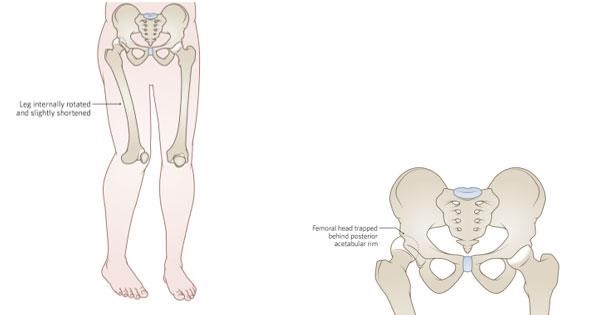A client with kidney stones is scheduled for extracorporeal shock wave lithotripsy (ESWL). What should the nurse include in the client's postprocedural care?
Manage bladder irrigation following the procedure.
Administer a bolus of 750 mi. normal saline following the procedure
Strain the client's urine following the procedure.
Insert a urinary catheter for 24 to 48 hours after the procedure.
The Correct Answer is C
A. Manage bladder irrigation following the procedure. - Bladder irrigation is not typically performed after ESWL. It may be used in other urological procedures, but it is not a standard post-procedural care for ESWL.
B. Administer a bolus of 750 mL normal saline following the procedure. - While maintaining hydration is important, there is no specific requirement for a bolus of normal saline after ESWL. Hydration is usually encouraged, but the amount and method of administration are determined based on the client's overall fluid status and medical condition.
C. Strain the client's urine following the procedure.
After extracorporeal shock wave lithotripsy (ESWL), it is essential to strain the client's urine to collect any stone fragments. Straining allows healthcare providers to analyze the composition of the stones, ensuring that all fragments have been passed. This information helps in assessing the effectiveness of the procedure and guides further management.
D. Insert a urinary catheter for 24 to 48 hours after the procedure. - Inserting a urinary catheter is not a routine post-procedural measure after ESWL. Catheterization might be necessary in certain situations or for specific medical reasons, but it is not a standard practice after ESWL for all clients.
Nursing Test Bank
Naxlex Comprehensive Predictor Exams
Related Questions
Correct Answer is C
Explanation
A. Restrict calcium intake to one serving per day:
This statement is not accurate. Adequate calcium intake is essential for bone health. Calcium-rich foods are important for maintaining strong bones and are not directly related to gout or uric acid kidney stones. It's crucial to differentiate between dietary recommendations for different health conditions.
B. Take 3,000 mg of vitamin C daily:
High doses of vitamin C can increase urinary oxalate and uric acid levels, which might contribute to the formation of kidney stones. It is generally not recommended for individuals with a history of uric acid kidney stones.
C. The nurse should instruct the client to limit foods high in purines.
Dietary changes are important in managing gout and preventing uric acid kidney stones. Purines are natural substances found in many foods, especially animal products, and purine-rich foods can contribute to increased uric acid levels, leading to gout attacks and kidney stones.
D. Eat 12 oz of animal protein daily:
Consuming excessive amounts of animal protein, particularly red meat, can lead to higher purine intake, which is not advisable for individuals prone to gout and uric acid kidney stones. High animal protein intake can increase uric acid production and may exacerbate these conditions. Moderation in protein intake, especially from animal sources, is recommended.
Correct Answer is A
Explanation
A. Right hip dislocation: In a hip dislocation, the head of the femur is forced out of the acetabulum, which is the socket in the pelvis. This can cause a noticeably shorter leg, hip deformity, and acute pain. Imaging might not show a fracture in the case of a dislocation.
B. Right hip contusion: A hip contusion is a bruise on the hip, usually caused by a direct blow or trauma. While it can cause pain and swelling, it typically does not result in a noticeably shorter leg or hip deformity.
C. Right hip strain: Hip strain refers to damage to the muscles or tendons around the hip joint due to overuse or sudden twisting movements. While it can cause pain, it does not typically lead to a noticeable leg shortening or hip deformity.
D. Right hip osteoarthritis: Osteoarthritis is a degenerative joint disease that can affect the hip joint. It leads to joint pain and stiffness but does not usually cause a noticeable leg shortening or acute deformity unless there are severe complications, which are not mentioned in the scenario.

Whether you are a student looking to ace your exams or a practicing nurse seeking to enhance your expertise , our nursing education contents will empower you with the confidence and competence to make a difference in the lives of patients and become a respected leader in the healthcare field.
Visit Naxlex, invest in your future and unlock endless possibilities with our unparalleled nursing education contents today
Report Wrong Answer on the Current Question
Do you disagree with the answer? If yes, what is your expected answer? Explain.
Kindly be descriptive with the issue you are facing.
